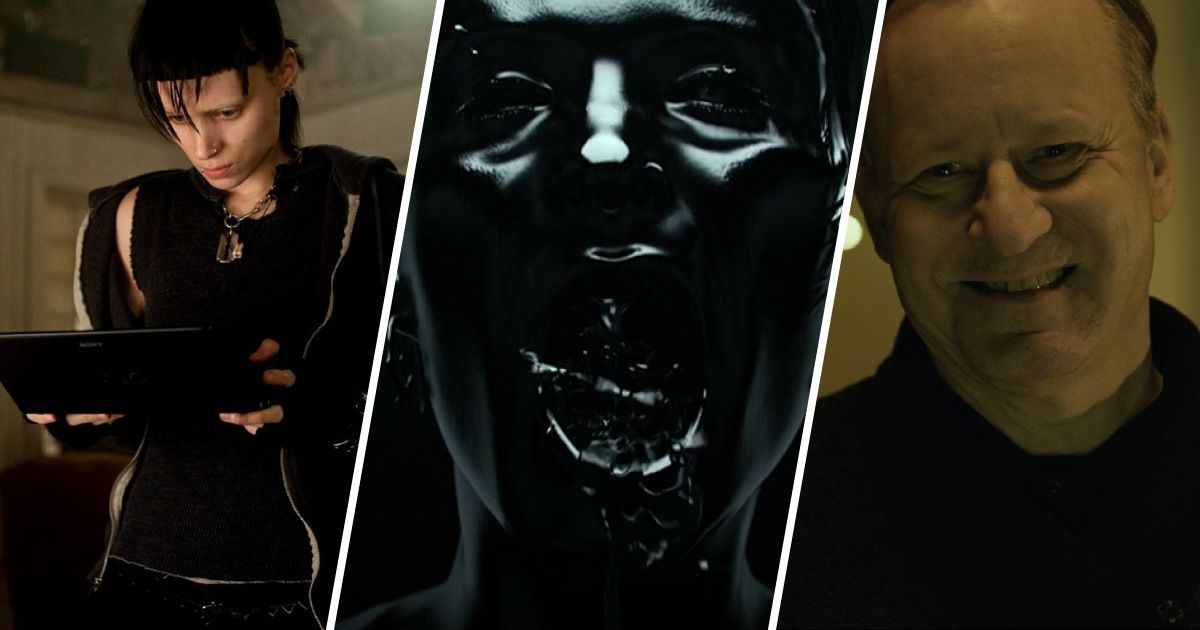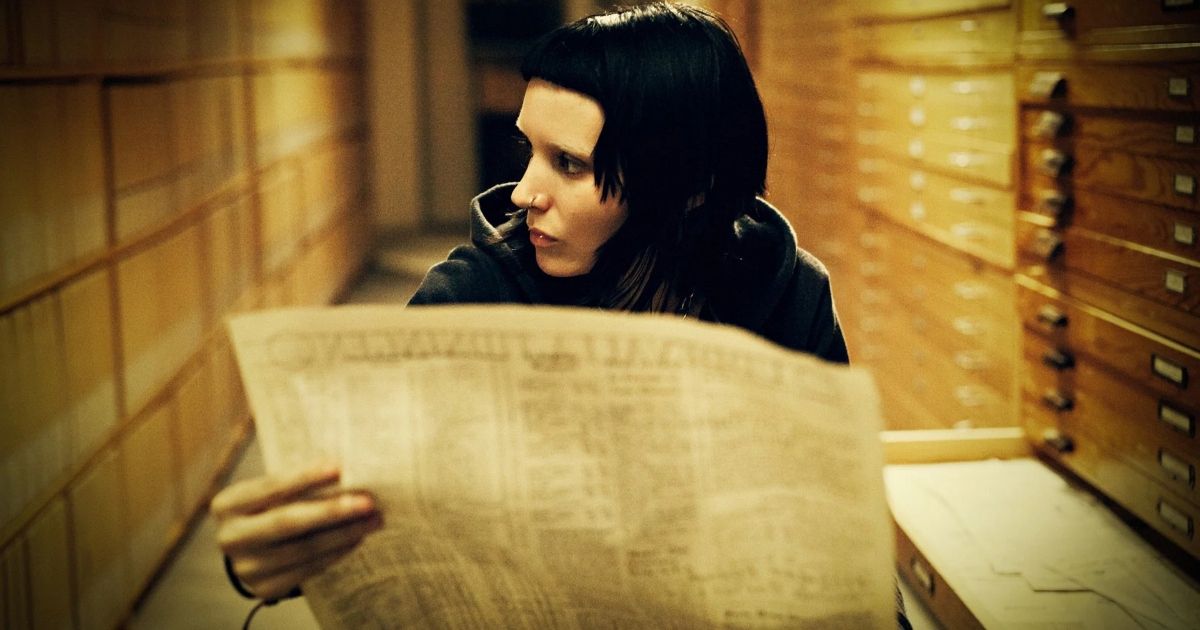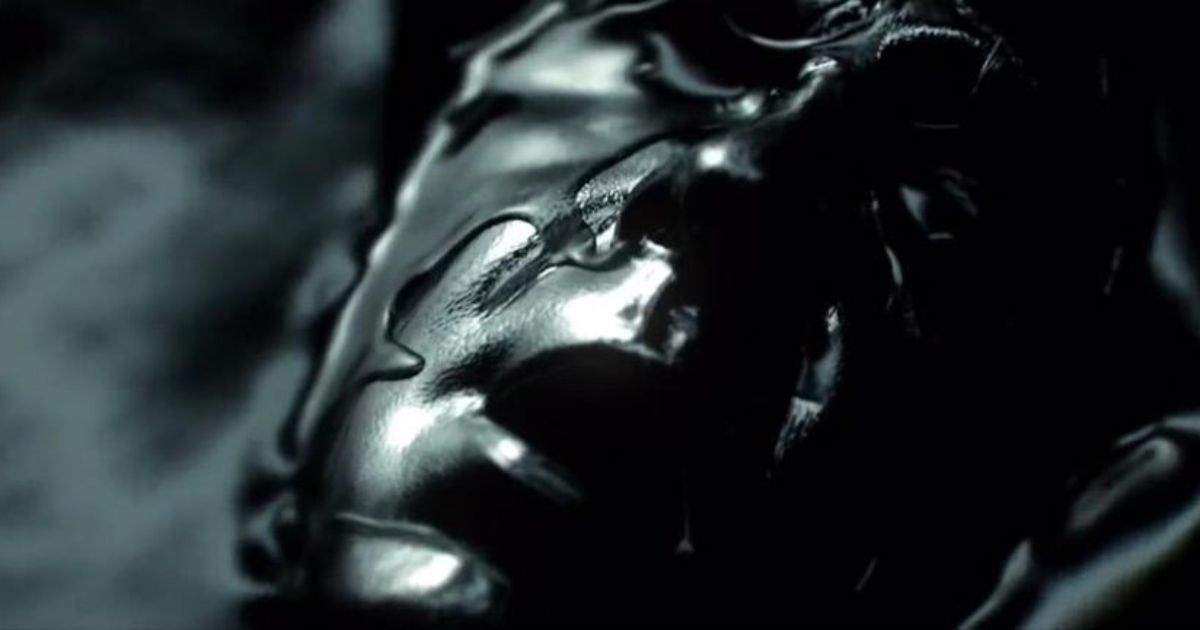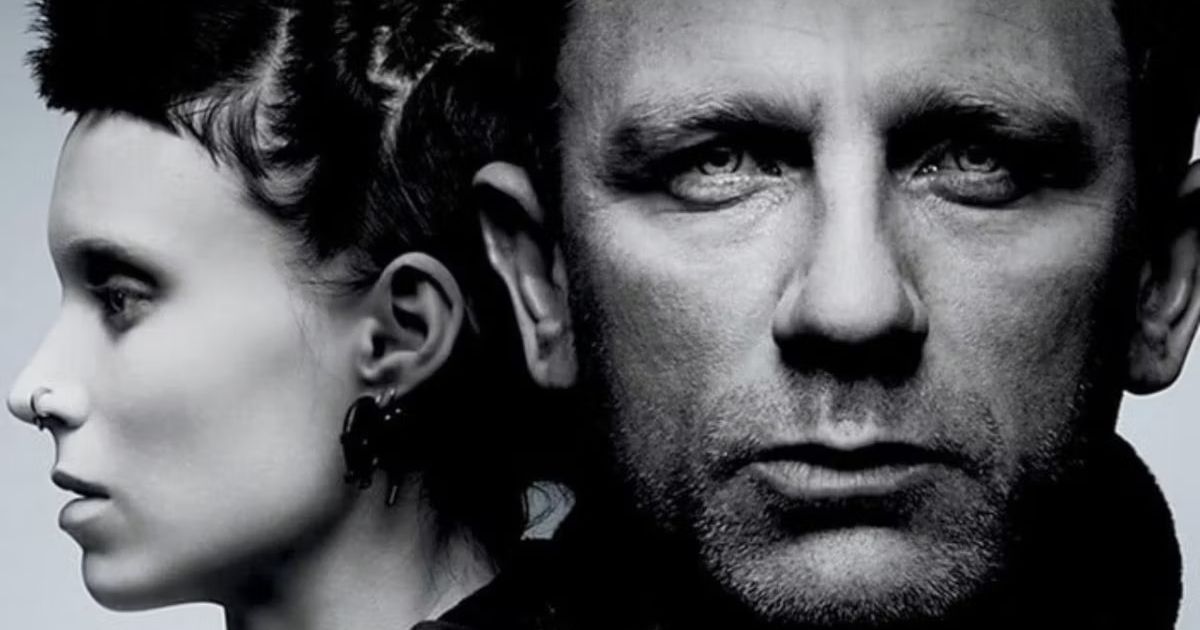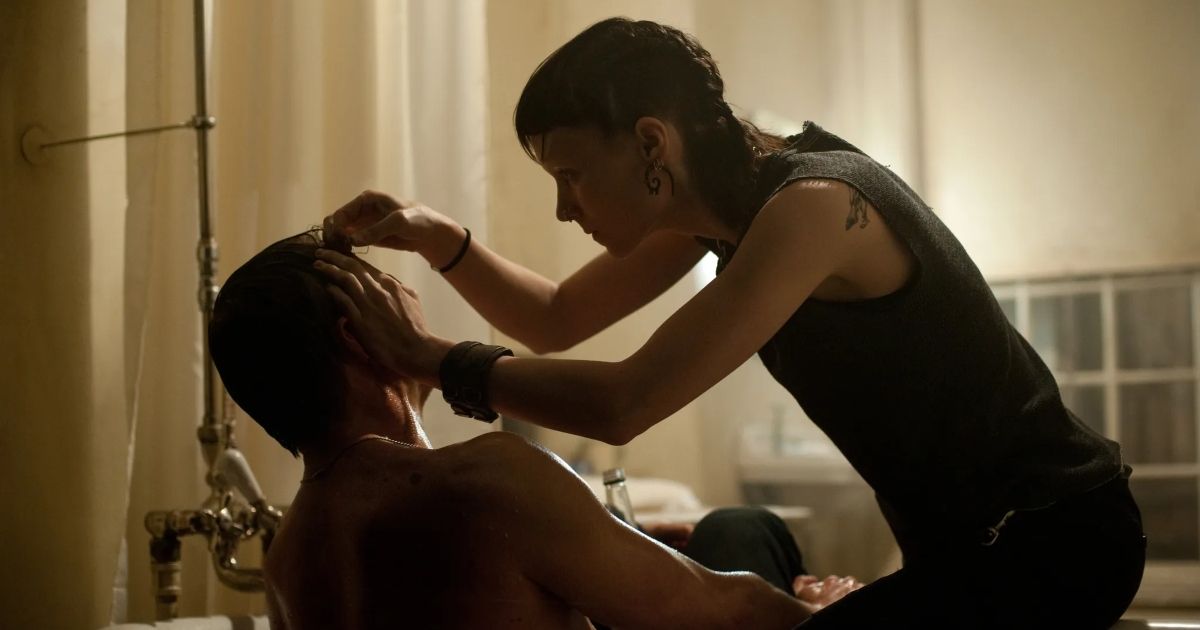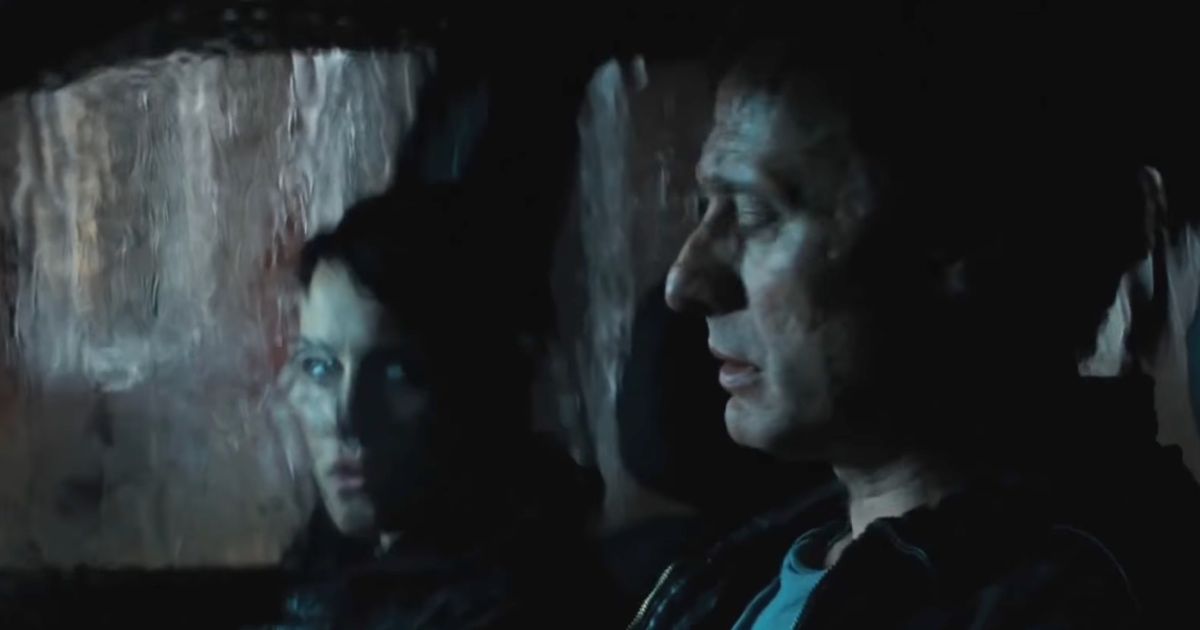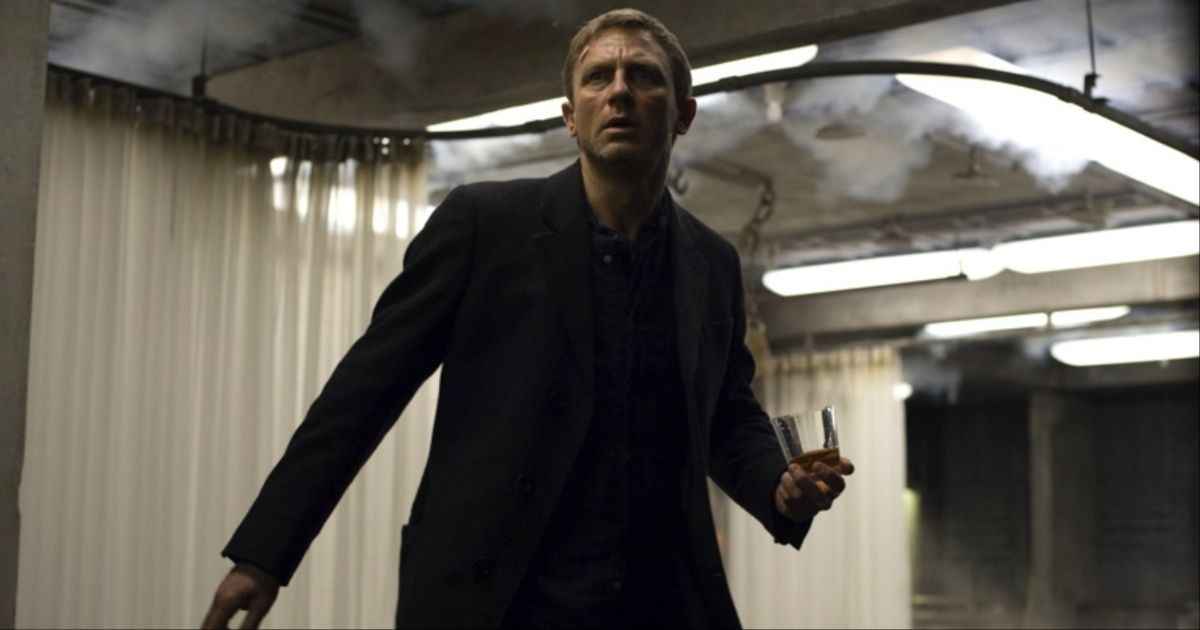The Girl With The Dragon Tattoo is the first installation of the Millennium series of novels by Stieg Larsson. It follows journalist Mikael and private investigator Lisbeth Salander, who seek to uncover the mystery of Harriet Vanger’s disappearance and presumed murder. The original Swedish films based on the books starred Noomi Rapace as Lisbeth and Michael Nyqvist as Mikael Blomkvist. While these films saw a great deal of popularity, many were excited at the prospect of a big-budget American adaptation with one of the most acclaimed and respected filmmakers, David Fincher.
Update October 17, 2023: This article has been updated by Yosra Ben Lagha with more reasons why The Girl With the Dragon Tattoo deserves a sequel.
The 2011 The Girl With The Dragon Tattoo was met with a great deal of praise from both audiences and critics alike. From the carefully chosen dynamite cast featuring Rooney Mara, Daniel Craig, and Christopher Plummer to the unique soundtrack, which was created with the help of Nine Inch Nails’ Trent Reznor, the film is considered a modern masterpiece. The film is stylized as a modern neo-noir crime thriller, but the meaning of the story runs much deeper than mere aesthetics. Unlike the original series, however, Sony opted out of finishing the trilogy, choosing to keep The Girl With The Dragon Tattoo as a standalone film and instead reboot the series. Here is why Fincher’s The Girl With The Dragon Tattoo deserves a sequel.
Rooney Mara’s Performance of Lisbeth
The choice of Rooney Mara was perfect for Lisbeth Salander. This dedicated actress bleached her eyebrows and cut her hair for the role, and truly went above and beyond for the role. Different from Rapace’s Lisbeth, who seems less cold-hearted until the end of the series, Mara’s Lisbeth is cold from the get-go. She manages to come across something even more terrifying than Noomi Rapace’s version of Salander.
From getting revenge on the man who sexually assaulted her to confessing to setting her father on fire to kill him. Mara brings Lisbeth’s instability to life through a series of behavior that only comes together once we get to know Lisbeth more. Only speaking when she has to and carries out a lot of illegal activity without thinking anything of it. Mara’s Lisbeth is the cut-throat anti-hero that we both fear and admire.
The Stunning Opening Credits
The magnificent introduction to the film through the title sequence made with animation somehow manages to pull every aspect of the film into the opening alone, letting the audience know exactly what they’re in for. This is part of what won the film an Academy Award for Film Editing, as the combination of the cover of Led Zeppelin’s "Immigrant Song" over the montage of credits on top of an animated sequence that cannot be described with words is breathtaking.
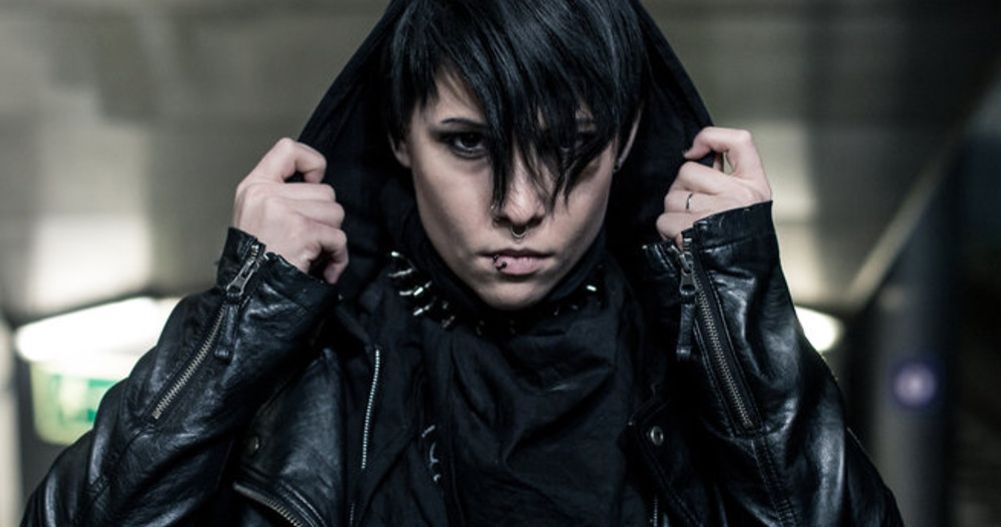
Lisbeth Salander TV Show Will Bring The Girl with the Dragon Tattoo to Amazon
Amazon is developing a The Girl With the Dragon Tattoo show that will tell a new story centered on Lisbeth Salander.Fincher’s goal with this sequence was to have all of Lisbeth’s worst nightmares come to life in the darkest way possible. The liquid coating everything is meant to be a dream ooze of sorts. This brilliant concept of Fincher’s grabs the audience’s attention immediately, dragging them in with this vignette as they want answers to the questions the sequence raises.
Fincher's Meticulous Casting
Though Fincher never received any formal training or education in filmmaking, he cites Alfred Hitchcock and Stanley Kubrick as influences on his style of filmmaking. While both of these directors were praised for their amazing work, there's one specific thing they all had in common: meticulous casting. Fincher took note of how Hitchcock and Kubrick approached actors and, as a result, spent a great deal of time researching an actor for a role, looking at every detail to make sure that they were the right fit.
When casting Lisbeth for The Girl with the Dragon Tattoo, Fincher had 16 prominent candidates lined up for the role, including big names like Natalie Portman and Scarlett Johansson. He eventually narrowed it down to Rooney Mara, whom he had previously worked with on The Social Network, finding her a suitable match for the role. The potential for his casting in any sequel to The Girl with the Dragon Tattoo would be meticulous and just as perfect as the casting done in the original.
The Undeniable Chemistry Between The Lead Characters
It's such a waste for two very charismatic actors who also happen to form a very charismatic onscreen duo not to have another chance to work together. The chemistry is there from the very first scene, where Blomkvist asks Lisbeth to help him catch a serial killer in a witty, professional, but nonetheless sweet way. He makes himself comfortable in her kitchen and even invites her to eat a sandwich that he has already bought while explaining to her why he needs her expertise on the case. From the get-go, the audience is introduced to this easygoing and yet somehow intense and electric connection between the two that almost ends in a romance.
Despite their differences in age, demeanor, clothing style, and life conditions in general, the two actors are able to convey, in a very short time, the kind of closeness that you find between lifetime co-workers or friends. Rooney Mara plays the hacker genius with an excellent photographic memory and a bit of autistic intelligence who is able to earn the respect, trust, and loyalty of the middle-aged journalist. It's almost a fact by now that Craig's forte as an actor is playing detective.
Fincher’s Signature Visual Style is Perfect for Lisbeth’s World
One part of Fincher’s filmmaking that he’s carved out is the way in which the camera moves with the character. Fincher is known for gritty films like Fight Club. In order to get a more realistic dark feel to any film he is working on, Fincher is very particular about the type of camera used in the filmmaking process. Preferring RED digital cameras under natural/pre-existing lighting rather than elaborate light sets. This choice gives his films a specific feel to them; the darker atmosphere with natural lighting allows for a more realistic and cold tone.
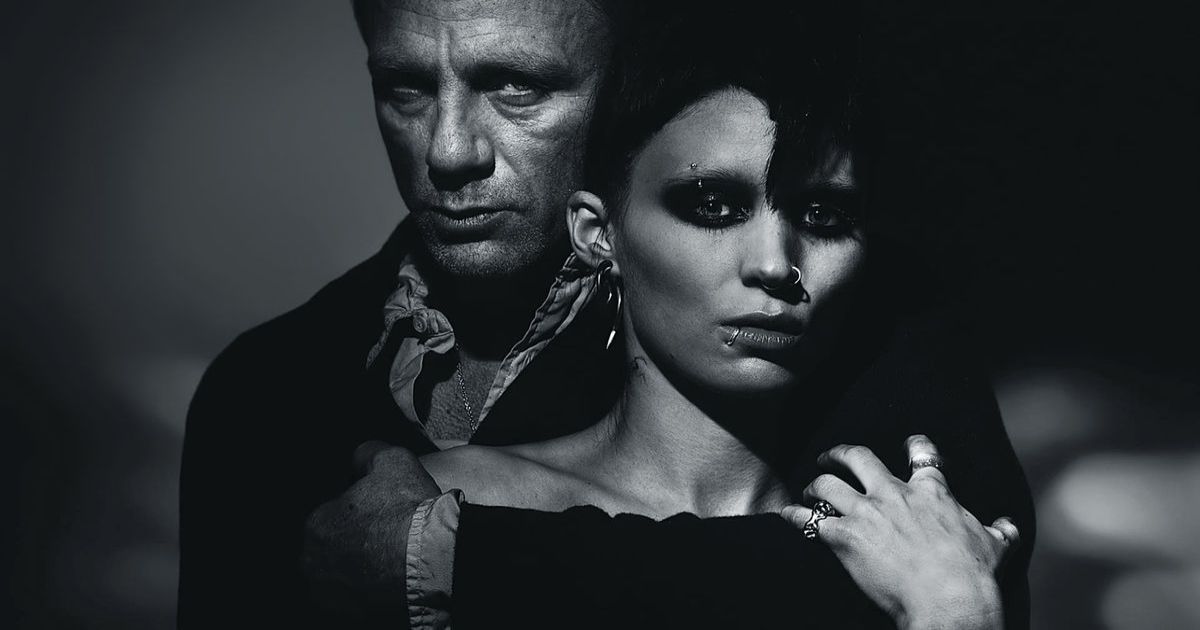
The Girl Who Played With Fire: Why Didn't David Fincher Want to Direct the Dragon Tattoo Sequel?
While there were plans for David Fincher to direct the Dragon Tattoo's sequel, The Girl Who Played With Fire, it ultimately fell through. Here's why.When a character is expressing emotion, the camera follows the character’s movements at the exact same speed and direction, using tilt, pan, and track to follow the characters closely. As such, all the characters’ movements are choreographed between actors and camera people. This helps the audience to connect with characters more intimately, getting close to them and feeling what they are feeling by having the camera mirror the character’s movements. The filmmaker's style has grown with films like Gone Girl and Mank, and it would have been interesting to see it used in the Millennium sequels.
More Adult Oriented Franchised
When people think of franchises, they tend to think of either big-budget action spectacles like the MCU, Star Wars, or Mission: Impossible. Or they think of long-running horror film series like Saw, The Conjuring, or Friday the 13th. Yet the idea of a franchise aimed at adult audiences is a rarity. Yet box office hits like The Equalizer and Knives Out show there is an audience for it.
Not only that, but Fincher's Millenium trilogy could have been the rare franchise film that is meant for general audiences but also awards goers, similar to what Warner Bros. and Legendary Pictures are doing with Dune. The idea of looking forward to the newest entry in a series from an acclaimed filmmaker that is not part of a cinematic universe and is just an unfolding of a popular book series is something that Hollywood needs more of
The General Positive Reception of The Movie
The Girl With The Dragon Tattoo was a moderate hit. It grossed internationally a whopping $232.6 million and garnered five Academy Award nominations, including Best Actress for Mara. Yet Sony Pictures was looking at something bigger, likely because of how well Fincher's previous film, The Social Network, did.
Yet, in the years since the film's release, the audience's reaction has grown in esteem. Even at the time of its release, it received extremely positive reviews, with a respectable rating of 86% on Rotten Tomatoes. Comparing it to the Swedish version, The Guardian called the movie: "sleeker, smoother, sexier than its Swedish predecessors."
Legacy sequels certainly are all the rage now, and it has been twelve years. If Fincher, Mara, and Craig were to return, it certainly would get fans excited. While Fincher has now set himself up at Netflix, it is hard to argue that seeing another one of his films on a big screen with a major rollout would be nice.

